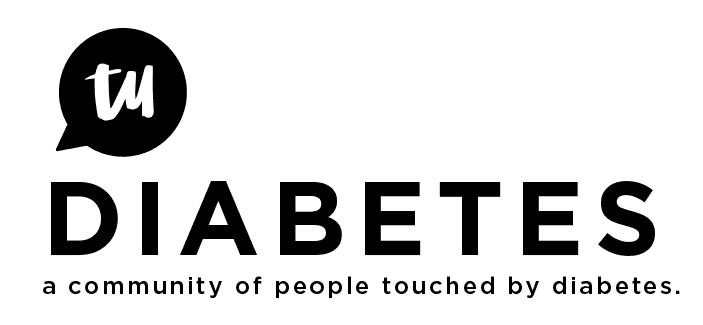PRESS RELEASE
Plainsboro, N.J. (December 9, 2015) – Novo Nordisk today announced the submission to the U.S. Food and Drug Administration of a New Drug Application (NDA) for faster-acting insulin aspart, a mealtime insulin developed for the treatment of adults with type 1 and type 2 diabetes.for the treatment of people with type 1 and type 2 diabetes
The filing is based on results from the ‘onset’ clinical trial program, which involved approximately 2,100 adults with type 1 and type 2 diabetes. The trials evaluated the efficacy and safety of mealtime and after-meal faster-acting insulin aspart to reduce A1C levels and provide postprandial (after-meal) blood sugar control.
“Today’s filing of faster-acting insulin aspart is a step forward in strengthening our mealtime insulin offerings for patients who require mealtime blood sugar control,” said Todd Hobbs, M.D., U.S. chief medical officer, Novo Nordisk. “Faster-acting insulin aspart underscores our continued commitment to developing new treatment options for these patients. We look forward to working closely with the FDA on the submission and are focused on bringing the next generation of our mealtime insulin to market.”
Upon approval, Novo Nordisk intends to make faster-acting insulin aspart available in the pre-filled delivery device FlexTouch® and 10 ml vial.
About Faster-Acting Insulin Aspart
Faster-acting insulin aspart is an investigational mealtime insulin developed by Novo Nordisk for the control of blood sugar levels in adults with type 1 and type 2 diabetes. Faster-acting insulin aspart contains a short-acting insulin and two well-known excipients, a vitamin and an amino acid, to increase the initial absorption rate and an earlier blood sugar lowering effect.
